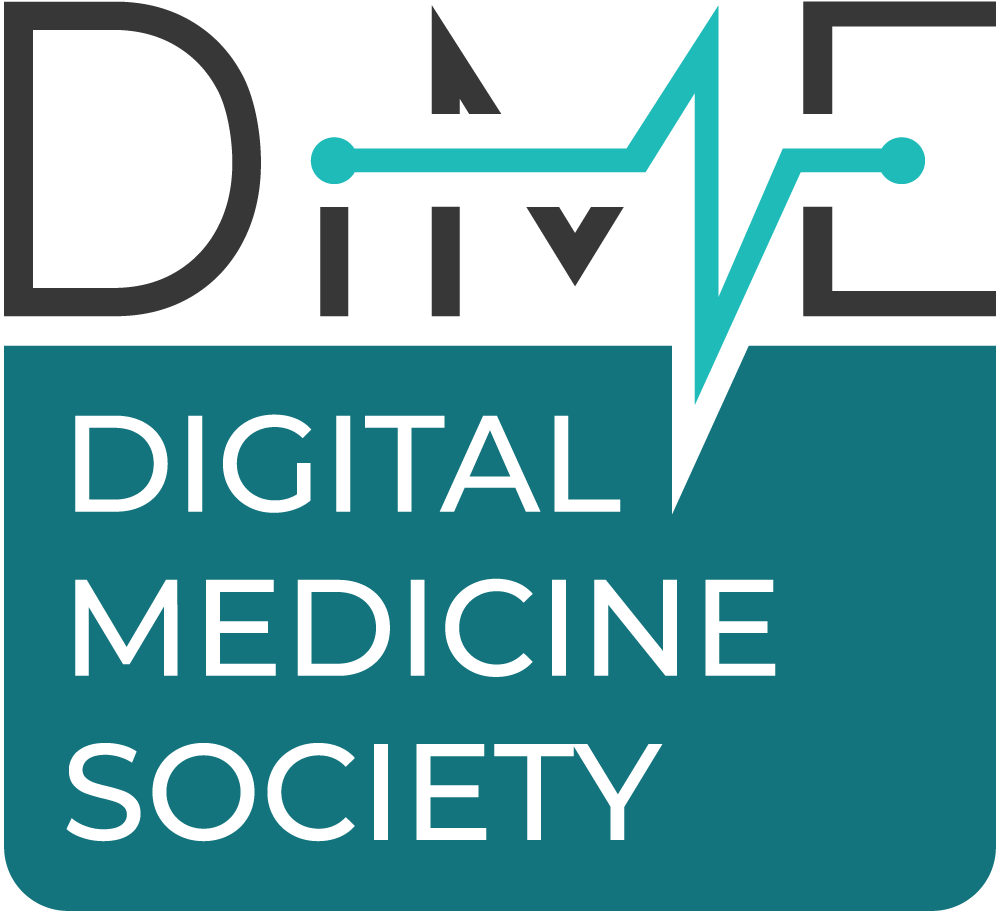
‘Done well, there are very few boundaries around the digitization of healthcare,’ says Jennifer Goldsack, CEO of the Digital Medicine Society

Goldsack also pointed to Podimetrics and its SmartMat product, which detects the warning signs of diabetic foot ulcers, as a digital health success story: “That is the sort of thing we want to see.”
Second of three parts
In a wide ranging conversation with Managed Healthcare Executive, Jennifer Goldsack, M.Chem., M.A., MBA, OLY, the CEO of the
“Done well, there are very few boundaries around digitization of healthcare,” said Goldsack, noting that in other parts of the economy, computers and digitization are no longer seen as a separate category: “No one talks about computers in commerce … it is just a state of being.
The electronic health record and digitally enabled care delivery are part of the broad trend of the digital healthcare.
“One of the challenges that we’ve had in the early days is that there’s been a focus on what folks might describe as point solution — individual productions or solutions that disregard the fact that this entire $4.3 trillion domestic industry, this $10 trillion worldwide industry, is digitizing across the board,” said Goldsack. “Nothing can be done in a vacuum. It has to contemplate the entire environment.”
Asked about a success story in digital healthcare, Goldsack cited collaboration between Podimetrics and the Department of Veterans Affairs in using the company’s SmartMat, which uses heat sensors in a mat on the floor to detect what might be the early warning signs of diabetic foot ulcers and therefore could help prevent lower-limb amputations
“That’s the sort of thing we want to see,” said Goldsack. “It’s not an individual device; it’s part of a full-stack solution. And the outcomes have been superb.”
Newsletter
Get the latest industry news, event updates, and more from Managed healthcare Executive.






















































